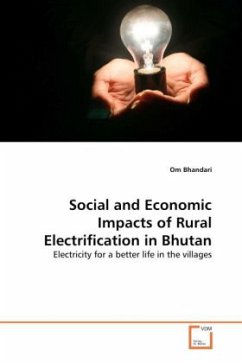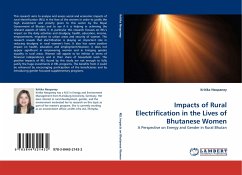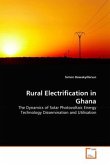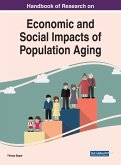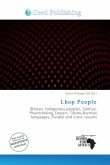The study focuses on the impact of electricity on income, health and education of rural Bhutanese. This is based on a with-without study from a survey in 2006. Electrification, is seen to make energy costs cheaper by 33%. The shift from kerosene to electricity for lighting results in a consumers surplus of about $800 per household. Each household, upon electrification, reduces 1.23 tons of CO2 emission yearly. Electrification alone is not enough for rural development as regression analysis shows other socio-economic factors to be significant. Electrified households have a 24% higher annual cash income. Poverty is less prevalent, but the disparity in income is not different than in non-electrified villages. The probability that households engage themselves in income generating activities upon electrification is found low. Health appears to improve through better living conditions at home and use of electricity in hospitals. More students study for longer durations, and higher enrollment in non formal education is observed. Overall, the human development is better in electrified villages as evidenced by a higher HDI.
Bitte wählen Sie Ihr Anliegen aus.
Rechnungen
Retourenschein anfordern
Bestellstatus
Storno

